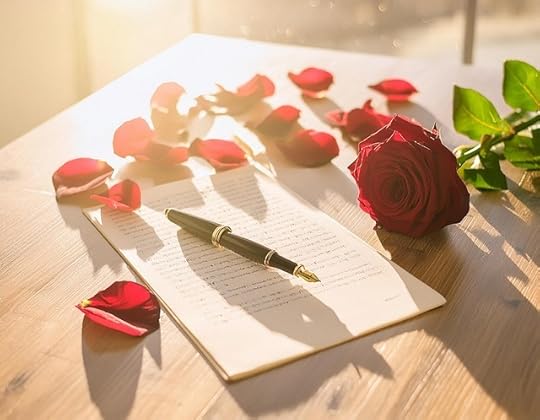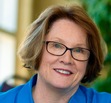What they won’t have …
I’ve been mulling the dilemma for future generations—especially when they become curious about their own ancestry, a search that is curiously engaging especially as one ages.
I’m fortunate because I come from a family with two habits that leave me with ample trails to follow. While some, of course, are rabbit holes, which I’ve written about, many more—far more, in fact—are pieces of history that tell my family’s history broadly.
Two clues advantage my searches greatly. One is my forebearers’ propensity to keep and hold documents, and second, their dogged devotion to letter writing.
Recently, I spent a week pouring through a group of letters that my parents wrote to each other in 1950—the year of their courtship, engagement, marriage, and early married life.

Ten months. Two writers.
Two hundred and four letters!
That year my Dad was traveling all over a four-state area for his job as a bank examiner while my mother, in her hometown, worked at a local college and enjoyed an active social life of parties, movies, bridge games and dances. In fact, she was so active, she only had time to date my lovestruck father on Friday nights and Sunday afternoons, requiring him to travel hundreds of miles every week to get a date.
In between weekend dates, they wrote letters. Sometimes twice a day. Unlike today, the post office of 1950 was fast and dependable. He would mail a letter in, say, Columbia, South Carolina, or Norfolk, Virginia, and she’d get it the next day in Radford, Virginia. It was like clockwork.
The letters tell a wonderful story of two young people falling in love. I get to know my parents as singles just beginning their adult lives. Through the letters I witness their gatherings at local dance halls and snack shops, their conversations about music, much of which came as gifts of LP records from my future father to my future mother. I get to see his exhaustive work pouring over ledgers and bank statements as an examiner and her frustration as a single working girl directing a college alumnae association. I get to see their Sunday afternoon drives and their discussions about their friends and their future.
The letters paint as complete a picture as one can hope for given the distance of time. The collection is simply a treasure.
Sadly, this is one source future generations will not have.
There’s a certain irony in the general consensus that “everything posted to the world wide web or social media is there forever.” We hear it all the time — anything on the Internet is there to stay. But is it really? And even if it exists there somewhere, will it be retrievable with any sense of order or context?
With technology “advancing” at the speed of light, future generations’ communications are now mostly assigned to random hard drives, “clouds,” discs, thumb drives. All this means is that they will disappear with the latest iteration. Think about the first emails you sent when the internet was brand new. Could you access them? Could your children or grandchildren find them? What about the information on the floppy discs in the back of your drawers? As technology moves, it dumps the past as quickly and efficiently as Apple updates my IPhone.
As a result, the view of future generations will not come from the kind of first-hand, handwritten peek into the past that my parents’ letters provide.
Throughout history, letters, diaries, and written documents have afforded the present an opportunity to look into the past. Think about the writings of the great theologians, the scientists, the politicians, the diarists, the ordinary folk—especially the ordinary folk.
But these histories will be lost to future generations. Instead, histories will come only through the lens of others, subject to all the opinions, biases and sensibilities that the teller will deliver either consciously or otherwise. Not the first-hand, direct, personal communication that a personal, handwritten letter provides. In this way, the original speakers will be silenced; only their echoes will survive.
And that, my writing friends, is a tragedy.
Image by beasternchen from Pixabay



